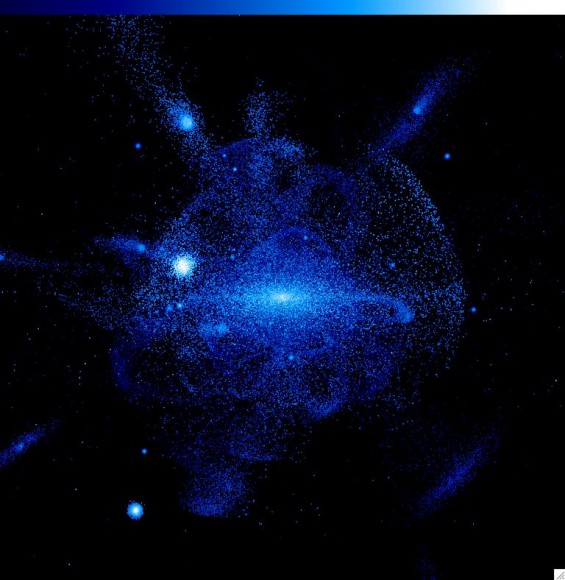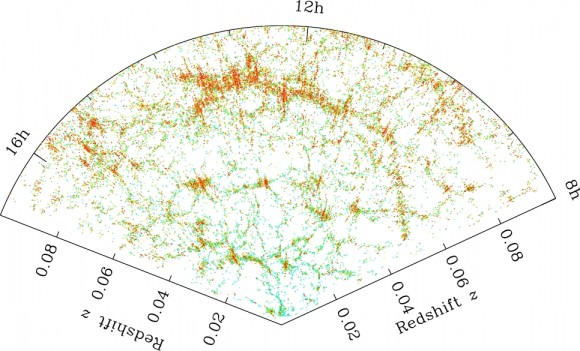Stephane Wuttunee
Although I cannot speak for my people (the Plains Cree), my perception and understanding of the ET phenomena as a Native person and its global implications nevertheless comes in large part from having been partially raised within the culture itself.
But first, a bit of my background.
My name is Stephane Wuttunee. Although technically mixed blooded (my mother is French Canadian with a bit of Micmac blood from a few generations back), I possess full Native status both in the eyes of my people and the Canadian government. Our community is called Red Pheasant First Nation. It is a mid sized reserve found in west central Saskatchewan, Canada.
The first thing that one must know of my culture and its ways is that traditionally, we give far greater attention to the seeking of the spiritual understanding of things rather than going after “the truth” as people from dominant cultures tend to do. This is part of the reason why we tend to stand back and view or listen at first rather than barge in with questions or take the hard, direct approach. Anyone who has spent time with traditional Native elders will understand this, as a good amount of chopping wood, fetching groceries, and tending fires and such tends to take place before one is given or told teachings. With us, the more and harder one pursues, the further they get away from what they seek. Be still and quiet and true to yourself and others, and what you need will come to you.
The second thing one must be aware of about our culture is that it is absolutely impossible to hide anything from a Native elder. I know that sounds incredible in this age where virtually anything can be faked or hidden, but it is true. A traditional Aboriginal elder can read someone inside and out better than yesterday’s paper - and often even from a distance just by looking at them. Perhaps this comes from thousands upon thousands of years of having been so close to the land and the creatures. We tend to be excellent observers and scouts. So staying true to one’s self and honest is the best way to be around Indian people in general (and for that matter, throughout life as well).
Growing up, I cannot recall having ever heard anyone in my community speak of “aliens” or “Extraterrestrials”, though I did hear of distant relations and “Star People” living amongst the stars many times, mainly around campfires and during traditional ceremonies. Far from being anything to be feared, Star People was just another term I grew up around. I remember listening in awe and fascination at the thought of us having relations that lived off and outside our world, and sometimes spoke to them in my silent moments at night. I wanted to know who they were and what they looked like, if they had families like us, etc. In all honesty, the only time I was exposed to “aliens” per se was when I would go to the outhouse and read the Weekly World News or the National Enquirer. It wasn’t until my later teens that I discovered that people from the dominant cultures were talking about the same “people” as my elders did, though each side’s sense of perception of these people seemed radically different from one another.
Another thing that stands out in my mind in regards to Extraterrestrials is that rarely did I ever come across elders and teachers who made clear distinctions between ETs and the spiritworld. In fact, at times I heard Aboriginal elders blend the two together and treat them as one, which I have to admit did kind of take me for a spin when I was young. Were our distant relations physical like us? Did they also exist amongst us in spirit? I had many unanswered questions, so I guess I from a fairly young age I had some unraveling to do.
Stories of abductions and such were not present (or at least not spoken of) in my surroundings. If anything, stories told by elders of interactions with Beings from other realms/worlds seemed to have more to do with telepathic communication and sometimes full on physical (and friendly) encounters than anything else. To this day, I’ve often wondered for instance, if White Buffalo Calf Woman, the teacher who brought Native people the four traditional medicines of sweetgrass, sage, cedar, and tobacco might have been one of these otherworldly visitors. And Weesageechak, our people’s original teacher and trickster, might also have been a representative of these people as well. To this day, there are still legends and stories in the Canadian north of a pale skinned, bearded man who appeared amongst my people thousands of years ago to give spiritual teachings and lessons. Perhaps the man known as Jesus himself was a part of this otherworldly race and he simply incarnated in our reality to teach and assist us into new phases of growth and understanding. Pity we had to kill him.
Since Native people tend to live in remote or rural areas, I suppose this may be reason why it is difficult to find someone from the community who has not seen a UFO themselves or know someone that has. I remember the impact it had, for instance, when a person from a neighboring First Nation's community told my family about some strange greenish lights he saw traveling low to the ground and then disappearing into the sky at the blink of an eye. For weeks afterwards, I would always make sure I wasn't being followed when walking alone at night or hunting. Although I did believe my elders when they said there was no danger from these visitors, young people are impressionable and I didn’t want to experience anything up close and personal at that time. Listening to teachings and stories was fine by me.
Bigfoot or Sasquatch, the main moneymaker for many tabloids, is (and was) ever present within Native culture. Known to many as “the wild man of the woods”, this creature to us is far more than a mere animal. We believe it to be more humanlike than not and in perfect sync with either the spirit world or Star People - or both. Like Extraterrestrials, one would have a hard time not finding someone in the community who has either seen or heard of this Being. And like everything else in Native culture, he is given full respect by rarely having his name mentioned unless his attention or help is desired. During my own encounters with this person (in both the dreamworld and our physical reality), it always struck me how completely and fully he knew everything about me. I could hide nothing from him even if I wanted to. Yet never once was I made to feel unsafe. Is Bigfoot actually a spirit? Does spirit world sometimes take on the form of something people from various cultures can relate with? More questions...
In terms of relationships with Extraterrestrials, I suppose the main characteristic of my culture is that the concept is nothing new to us and that there is no reason to be fearful. We believe that these people from abroad have come to visit us many times in the past and that they will continue to do so in future. In light of the way things are in the world, I'd have to say it's about time someone dropped in again for some tea and bannock.
In any case, the fire is lit and the door is open.
Source: http://www.ufodigest.com
 [emphases added]
[emphases added]








